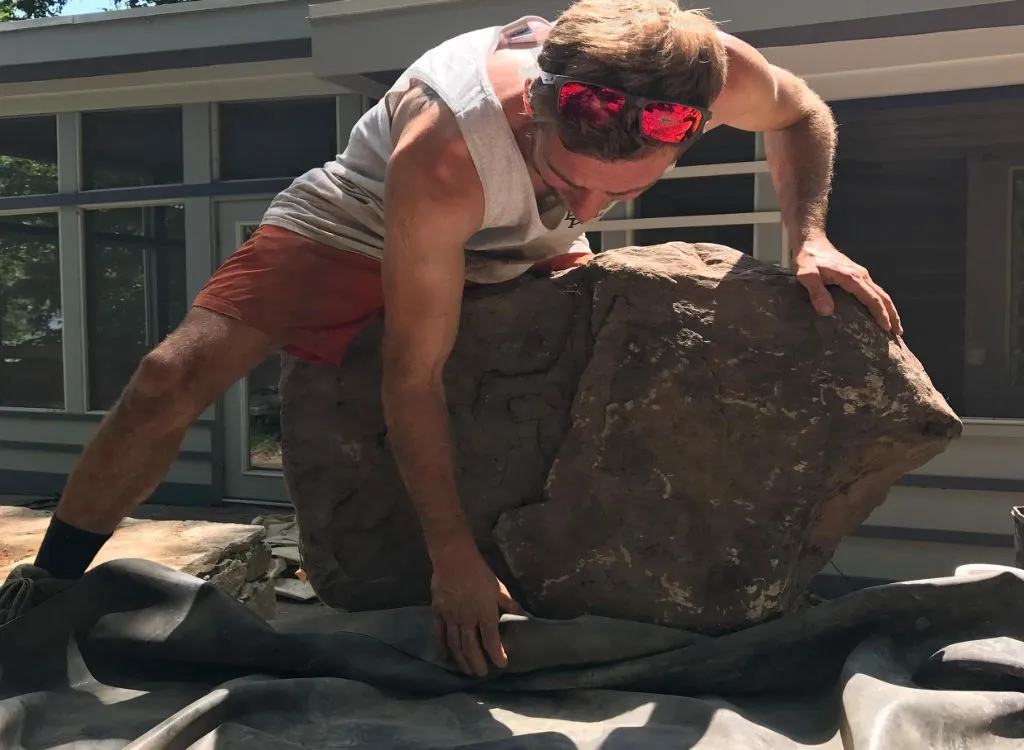Having a beautiful pond in your backyard can bring tranquility and beauty to your outdoor space. However, dealing with a leak in your pond can be a frustrating and challenging issue to address. A leak can not only waste water but also harm the ecosystem of your pond. Finding and fixing a leak promptly is crucial to maintain the health and aesthetics of your pond. In this article, we will discuss some effective methods to help you find a leak in your pond.
1. Conduct a Visual Inspection
One of the first steps in finding a leak in your pond is to conduct a thorough visual inspection. Look for any visible signs of water loss, such as wet spots around the pond, sinking water levels, or areas where vegetation is unusually lush. Check the edges of the pond, the liner, and any surrounding structures for signs of damage or wear.
2. Fill the Pond to its Maximum Level
If you suspect a leak but are unable to locate it, try filling the pond to its maximum level and then mark the waterline. Turn off any pumps or filters and monitor the water level over the next 24 hours. If the water level drops significantly, it is likely that you have a leak that needs to be addressed.

Credit: m.youtube.com
3. Use Food Coloring
Another effective method to detect a leak in your pond is to use food coloring. Add a few drops of brightly colored food coloring to the water near the suspected leak area. If the dye is drawn out of the pond, it can help you pinpoint the location of the leak as the color will seep out with the water.
4. Check the Pond Liner
Inspect the pond liner carefully for any tears, punctures, or holes. Sometimes, the liner can degrade over time or be damaged by sharp objects, roots, or animals. If you find any damage to the liner, you will need to patch or replace it to prevent further water loss.
5. Use a Pressure Test
A pressure test can help you identify leaks in your pond’s plumbing system. Use a pressure gauge to pressurize the plumbing lines and monitor for any drops in pressure, which can indicate a leak. This method is particularly useful for ponds with intricate filtration systems or water features.
6. Inspect the Waterfall and Stream
If your pond has a waterfall or stream, these areas can be common sources of leaks. Check the edges, rocks, and crevices for any signs of water seepage. Sometimes, the rocks may need to be repositioned or the liner repaired to stop the leak effectively.
7. Monitor the Evaporation Rate
It is essential to understand the natural evaporation rate of your pond to differentiate between water loss due to evaporation and a leak. Keep track of the water level over a few days without adding any water. If the water loss exceeds the typical evaporation rate, there may be a leak that needs attention.

Credit: premierpond.com
8. Seek Professional Help
If you are unable to locate the leak or if the issue seems beyond your expertise, do not hesitate to seek professional help. A pond maintenance professional or a leak detection specialist can use advanced equipment and techniques to identify and repair the leak efficiently.
Conclusion
Dealing with a leak in your pond can be a challenging task, but with the right methods and tools, you can find and fix the leak effectively. Regular maintenance and inspections can help prevent leaks and ensure the longevity of your pond. By following the steps mentioned in this article and staying proactive in pond care, you can enjoy a beautiful and leak-free pond for years to come.
Remember, a well-maintained pond not only adds beauty to your outdoor space but also provides a peaceful retreat for you to relax and unwind. So, take the time to address any leaks promptly and keep your pond in top condition.





